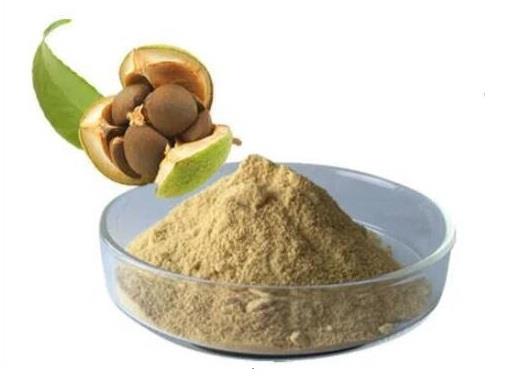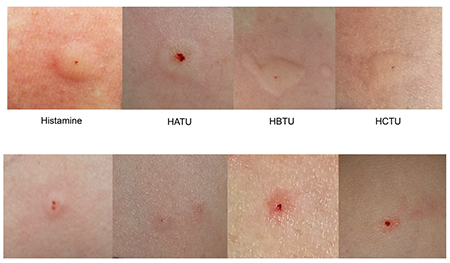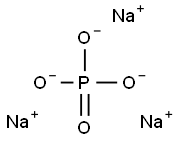A wide salt:Trisodium phosphate
Feb 10,2022
General description
Trisodium phosphate (TSP), generally regarded as a safe substance (GRAS), has been allowed to use in food in China. Sodium phosphate, with the chemical formula Na3PO4, is a phosphate. It is easy to deliquescence and weathering in dry air to form sodium dihydrogen phosphate and sodium bicarbonate. It is almost completely decomposed into disodium hydrogen phosphate and sodium hydroxide in water.
Application
Trisodium phosphate is a food additive that contains sodium and inorganic phosphate. Sodium phosphate additives are commonly found in highly processed foods. In electroplating industry, it is used to prepare degreasing solution for surface treatment and alkaline detergent for unpolished parts. In the formula of synthetic detergent, due to its high alkalinity, it is only used in the formula of strong alkaline detergent, such as automobile cleaner, floor cleaner, metal cleaner, etc. It has been reported that TSP could improve the quality of egg, fish, chicken and pork. Moreover, researches also indicated that TSP treatment could inhibit the growth of pathogenic fungi and reduce the disease incidence of potatoes, onions, jujubes and peaches during storage (Türkkan & Erper, 2014; Cai et al., 2015). Recent studies showed that postharvest senescence of fruits and vegetables are closely related to the loss of cellular energy (Wang et al., 2013). The shortage of energy could lead to the changes of the cell wall, cell membrane and mitochondrial functions during storage (Chen et al., 2014; Zhang, Zhou, Tan & Liu, 2018). Studies have indicated that postharvest application of tea seed oil, 1-MCP , propyl gallate, oxalic acid and methyl jasmonate delayed the fruit senescence and improve the quality of litchis, pears, longans, peaches and pitaya fruit by regulation of energy metabolism (Jin, Zhu, Wang, Shan & Zheng, 2014; Lin et al., 2017; Li et al., 2018). All these results suggest that the mitochondrial energy metabolism might play an important role in retarding the senescence of fruit, maintaining the quality and enhancing disease resistance. However, the effect of postharvest TSP treatment on the quality and energy metabolism of apple fruit still remains unknown.
1.The effects of postharvest trisodium phosphate (TSP) dipping (0.5 mg /mL) on the quality and mitochondrial energy metabolism of apple fruit (cv. Golden delicious) were studied. The results indicated that TSP treatment inhibited the respiration intensity, delayed the increase of weight loss, and inhibited the decrease of flesh firmness, ascorbic acid (AsA), titratable acid (TA) and soluble solids content (SSC) of apple fruit. The results also indicated that TSP treatment delayed the decline of the content of ATP, ADP and energy charge of apple fruit, and enhanced the activities of H+-ATPase, Ca2+-ATPase, succinate dehydrogenase and cytochrome C oxidase. These results suggested that TSP could maintain the quality of apple fruit by mediating respiration and mitochondrial energy metabolism. [1]
2.Indications in the medical field: polycythemia vera, primary thrombocytosis, chronic myeloid leukemia, chronic lymphocytic leukemia, etc. and the identification of the nature of superficial masses. It is also used for the application treatment of neurodermatitis, chronic eczema, capillary tumor, keloid, pterygium, corneal neovascularization, plasmacytoma, etc.
Synthesis
Trisodium phosphate (TSP) are widely applied for chemical industries and materials asvarious reductors What the reason exists is that the reducibility of phosphite is weaker and more stable than sodium hypophosphite, to some extent, it is with better stability and safety when replacing sodium hypophosphite as redactor. Research on the production of sodium hypophosphite is seldom carried out in the domestic and overseas now, which is mainly recovered from sodium hypophosphite in industrial waste in the method of metathesis reaction, but products recovered is with low yield[2]. poor quality, complicated operation and no environmental protection. The sodium hydroxide and sodium carbonate, as raw materials, respectively make a neutralization reaction with phosphorous acid to become sodium phosphite in order to obtain high quality sodium phosphite with production process, crystallization thermodynamics.
1.Spray drying method: add twelve water phosphoric acid three sodium crystal into the dissolution tank and add 10% to 15% water, heat up to 85~95 degrees, stir and dissolve, then purify the solution, pump the refined solution to the metering tank, spray through the atomizer, use the two way airflow sprinkler, atomizing steam guide angle and level 30 degree, atomizing steam pressure 0.15 ~ 0.3Mpa, inlet temperature 650~750 degrees centigrade, Spray drying was carried out at outlet temperature of 140~170 degrees Celsius to produce anhydrous sodium phosphate three.
2. Sodium carbonate and phosphorus pentoxide are mixed in a certain proportion so that n (Na2O) ∶ n (P2O5) = 1 ∶ 1. Sodium metaphosphate is formed by reaction. Sodium metaphosphate is further heated to 500 ~ 520 ℃ for polycondensation to form sodium Trisodium phosphate.[3,4]
Figure 1 the synthesis route of Trisodium phosphate
Storage and Safety
It shall be stored in a cool, ventilated and dry warehouse. Pay attention to moisture and avoid heating.
Reference
1.Ge Y., Chen Y. & Li C. et al., "Effect of trisodium phosphate dipping treatment on the quality and energy metabolism of apples," Food Chem, Vol.274(2019), pp.324-329.
2.Jin Xin: Study on the synthesis mechanism of sodium phosphite: Wuhan University of engineering, 2017.
3Li Longyan, Zhong Benhe, Xu Haiquan, etc.: application and preparation process of sodium trimetaphosphate, inorganic salt industry, 2013, issue 03, pages 5-7.
4.Study on production technology of low density sodium tripolyphosphate.
- Related articles
- Related Qustion
- What function does Trisodium Phosphate serve in cereals Feb 29, 2024
As a common breakfast cereals addition, Trisodium phosphate serves many purposes as an acidity regulator, color stabilizer, and texture enhancer.
Demand for bean products is growing because of the presence of several health-promoting components in edible bean products such as saponins. Saponins are naturally occurring compounds that are widely distributed in all cells of legume plan....
Feb 9,2022Biochemical EngineeringHATU is reported to cause skin, eye, or respiratory irritation, and is denoted by an exclamation mark hazard symbol.....
Feb 10,2022APITrisodium phosphate
7601-54-9You may like
Trisodium phosphate manufacturers
- Trisodium phosphate
-
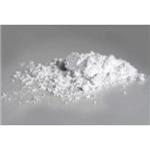
- $6.00 / 1kg
- 2024-10-18
- CAS:7601-54-9
- Min. Order: 1kg
- Purity: 99%
- Supply Ability: 2000KG/Month
- Trisodium phosphate
-
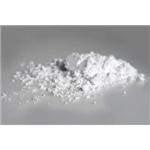
- $6.00 / 1KG
- 2024-10-18
- CAS:7601-54-9
- Min. Order: 1KG
- Purity: More than 99%
- Supply Ability: 500KG/Month
- Trisodium phosphate
-
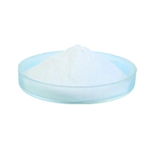
- $13.00 / 1kg
- 2024-10-17
- CAS:7601-54-9
- Min. Order: 10kg
- Purity: 99%
- Supply Ability: 3000tons




